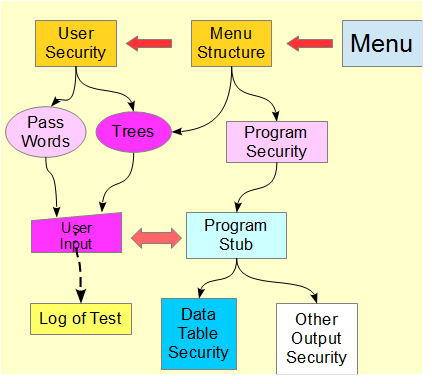CPM: Security and Menus
Virtually all programming projects in businesses have menus and security. Too often managers postpone these tasks to near the end of the project. Postponing menu and security jeopardizes the completion of the project. Instead putting these tasks early in the project
These tasks add time to the overall project; the manager must plan for this expenditure of time and energy.
- Reduces the pressure off the security administrators,
- Defines the project more thoroughly when team members are more likely to document well
- Gives the customer early experience and they can give feedback sooner,
- Avoids delays from unexpected nuances in the security;
- Diminishes embarrassments at critical end stages.
These tasks add time to the overall project; the manager must plan for this expenditure of time and energy.
|
Menu: where did all the tasks come from ?
Usually the menu system already exists, and the tasks usually involve running existing utilities. Even still, the system admin must know what to enter into the utilities. Shop standards should shape the inputs:
And see CPM External Tasks |
